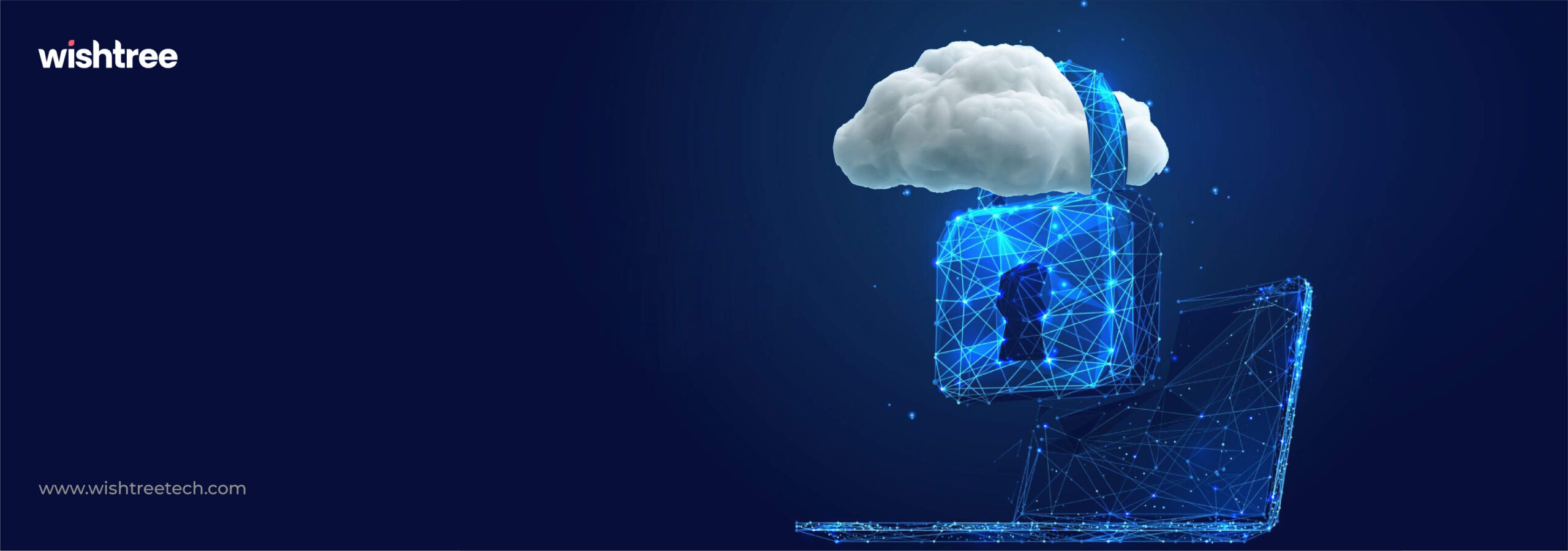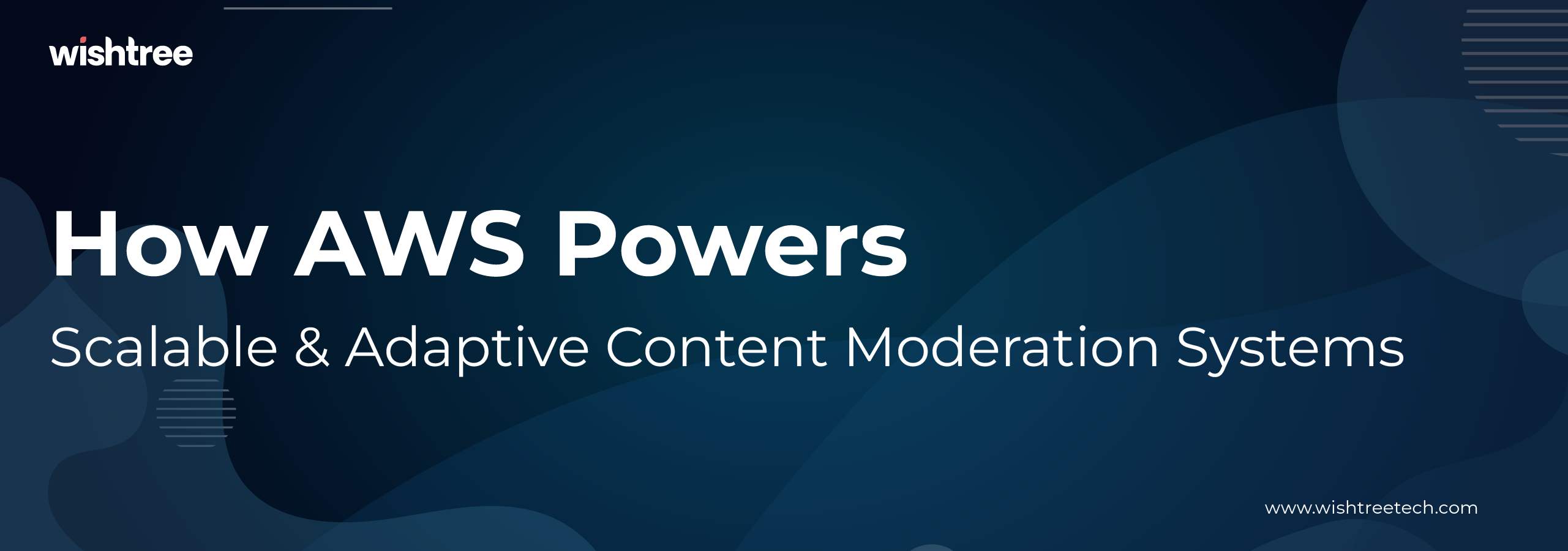Table of Contents
Cloud migration does a lot for your business but does not always bring a smile to the face of your security team. Successful cloud migration is only possible when you follow essential practices.
When planning to move your workload and applications to the cloud, you face a fundamental problem. Your security controls and practices are built for on-premises environments, which are quite different from what you need for the cloud.
Yes, indeed, the cloud brings new opportunities for your enterprise. But can you ignore the unknown risks associated with it? No. You have to make considerations for every possible scenario and come up with solid strategies so you can mitigate security risks.
Let us take a closer look at how you should approach cloud security – we will begin with the fundamentals.
Understanding Your Cloud Security Responsibilities
Regarding the difference between cloud security and on-premises security, you need to primarily understand the concept of the shared responsibility model.
The shared responsibility model has been essential to numerous outsourcing engagements throughout the years. But with the advent of the cloud, the nature of shared security responsibilities changed too.
There are different models in how major cloud providers deal with sharing responsibility in the cloud. Ensure that your IaaS cloud provider agreement is clear on such responsibilities. To give you an example, the responsibility model of AWS has two primary categories.
Responsibilities of the Customer
The customer is responsible for the security in the cloud. This includes –
- Data protection
- Identity and access management (IAM)
- OS configuration
- Network security and encryption
Responsibilities of CSP like Amazon Web Services (AWS)
AWS is responsible for the security of the cloud. They will take care of the pieces of infrastructure that are underlying, which includes –
- Compute elements
- Hypervisors
- Storage infrastructure
- Databases and networking
Other Responsibilities of Cloud Service Providers (CSPs)
All cloud providers will be responsible for physically securing their data center environments. Anything that pertains to the security of their operating environments falls under their responsibility, namely,
- Data center disaster recovery planning
- Business continuity
- Legal and personnel requirements
So, being a cloud customer means you do not stop planning for your disaster recovery and continuity processes. Be careful, particularly in IaaS clouds, because they build infrastructure. Even in SaaS and PaaS environments, incorporate data backups into your enterprise’s data protection and recovery strategies.
How to Ensure Cloud Security: Choose a Reliable Cloud Service Provider
Many cloud providers are in the market, with a gamut of services on offer. While AWS, Google, and Microsoft are the big players, smaller vendors also offer cloud services to niche markets.
While you can negotiate with the smaller Cloud Service Providers (CSPs), they often agree to terms they are not equipped to support. If they offer flexible terms, ask for relevant details on how they will support them, who will be responsible, and what processes will govern the terms.
While selecting a cloud provider, you must prioritize your enterprise’s unique needs with cloud security at the top of your list.
Here’s how to choose the best cloud service provider for your business.
Certifications & Standards: The provider must adhere to and comply with the industry’s best practices, standards and frameworks. This automatically ensures structured processes, useful data and knowledge management and service status visibility.
A good cloud provider also has detailed plans to keep adhering to standards and maintaining their certifications. ISO 27001 is one of the top certifications you must look for if cloud security is non-negotiable for you.
Technologies: Check if your current environment, the cloud provider’s platform, and preferred technologies match. Only then can your cloud objectives be optimized. This includes the cloud architectures, standards and services.
- Do you need a lot of re-coding or customization to suit your workloads to the platforms?
- Will the cloud provider offer substantial support in the assessment and planning phases?
Cloud providers like AWS offer limited support, which is where we come in. Wishtree Technologies supports you in filling the gaps. As official AWS partners, we have extensive knowledge and experience on the platform. We can help you understand how your cloud provider services can best serve your needs in both long and short terms.
Data Management: Go for a transparent cloud service provider about its data center locations. Wishtree Technologies will help you assess how your cloud provider protects your data in transit through encryption.
Data might be moving to or within a cloud. You do not want to expose your data to unapproved administrator access. Therefore sensitive data must always be encrypted at rest. Sensitive data in object storage is usually encrypted with file/folder or client/agent encryption.
We will also help you ensure that your cloud provider’s data loss and breach notification processes align with your enterprise’s legal/regulatory obligations and risk appetite.
Information Security: Your cloud provider must have mature cloud security operations and security governance processes. Not only should their security controls be risk-based, they need to support your enterprise’s security policies and processes vigorously.
Are user access and activity auditable via all routes?
Be clear on security roles and responsibilities according to what is laid out in the contract or the business policy documentation.
Data policies and protection – There must be sufficient guarantees around –
- Confidentiality
- Usage/ownership rights
- Data access
- Data location and jurisdiction
Wishtree Technologies helps you scrutinize all backup and resilience provisions and understand data conversion policies.
Cloud Security Concepts Made Easy for Your Enterprise
To block threats to your cloud infrastructure and take care of any risks concerning your enterprise data storage and applications, you must learn about the critical concepts of cloud security. Here’s a heads-up.
Implementing Sturdy Access Controls, MFA, and More
- Data is the most valuable asset of your enterprise. Your CSP should provide you with firm access control in your cloud security that allows you to regulate and monitor permissions or formulate policies to restrict access through specific IP addresses, devices, browsers, and during specified time shifts. While you gain macro-level visibility into your data and user behavior, you should also be able to restrict all unauthorized user access.
- Next comes MFA (Multi-Factor Authentication). A multi-step account login process, it demands that users asking for access enter more information beyond just the password. This might include a code sent to the user’s email, a prompt to answer a secret question or a fingerprint scan. Even if your system password is compromised, this helps prevent unauthorized account access.
- Finally, there is the Principle of Least Privilege. This limits the accessible data, resources, applications and functions thereof to only that which a user/entity would require to execute a specific task/workflow.
If your CSP does not incorporate this principle in your cloud security, your enterprise is at risk of creating over-privileged users or entities. This increases the potential for misuse of critical systems and data and the potential for breaches.
Implementing Robust Network Security
- One of the most essential components to cloud security is VPN (Virtual Private Network). It enables direct, secure, and remote access to the cloud deployment of your enterprise.
Unlike a hardware VPN, a cloud VPN is globally accessible, which results in improved network access and performance. Your cloud service provider manages this VPN and offers enhanced flexibility and usability. A cloud-based VPN is scalable and often includes explicit mobile support.
- Next, let’s understand what the Cloud Firewall is. It filters potentially malicious network traffic by forming a virtual barrier around cloud platforms, applications, and infrastructure. Not only that, but it can also protect your on-premise infrastructure. The cloud-delivered model for firewalls is also known as firewall-as-a-service (FWaaS).
- Finally, we come to Cloud IDS (Intrusion Detection System). This cloud security solution identifies cyber threats to your cloud-based infrastructure and alerts your security team immediately. It uses a signature-based or anomaly-based detection of suspicious traffic.
Cloud IDS is scalable. Hence, your enterprise’s security is only enhanced as you increasingly rely on cloud-based services.
Since it comes as a virtualized service-based model, it also supports your evolving business needs where you can deploy, reconfigure, or retire the security monitoring capabilities according to your requirement. It improves your secure remote access functionality manifold.
Cloud Security: Regular Updates and Patches are a Must
Vulnerabilities in your cloud application can arise from misconfiguration, leading to data breaches and further exposure. Cloud security is a comprehensive task that must cover threats like cross-site scripting (XSS), SQL injection, shadow APIs, cross-site request forgery, zero-day vulnerabilities, and the like.
Besides using the latest data encryption protocols, your CSP must enforce authentication and authorization, document code changes, and track APIs in real time.
Mitigation of vulnerabilities often does not match the speed with which such vulnerabilities are reported. Automated patch management comes to your aid right at this point.
This process ensures that your cloud security is up-to-date so that it can protect your enterprise from any known vulnerabilities.
Patch management involves the identification of potential patches, upgrades, or any other remediation methods and the execution of the selected method on identified endpoints that are vulnerable.
Wishtree’s comprehensive cloud security solutions offer robust protection against a wide range of threats from vulnerability assessments to patch management and access control.
Secure Your Cloud Environment Today!
With Wishtree Technologies, cloud security and governance issues should not worry you. Our experts will work with you to ensure your migration is entirely risk-free.
A Product Engineering Company with an unmatched reputation, Wishtree Technologies is an Amazon Web Services (AWS) partner. We facilitate the transition into cloud setup for startups at minimized costs. Wishtree Technologies provides solutions to an array of clients, including Fortune 500 companies, Thoma Bravo, Vista Equity Partners, UN Agencies (WHO, UNDP, World Bank) Nonprofits, and Startups.
Contact us today for a free consultation on best practices for cloud security.
For a deeper dive into the specific challenges and strategies for mid-sized enterprises, check out our blog post, Cloud Migration Strategy for Mid-sized Enterprises: A Comprehensive Guide.





